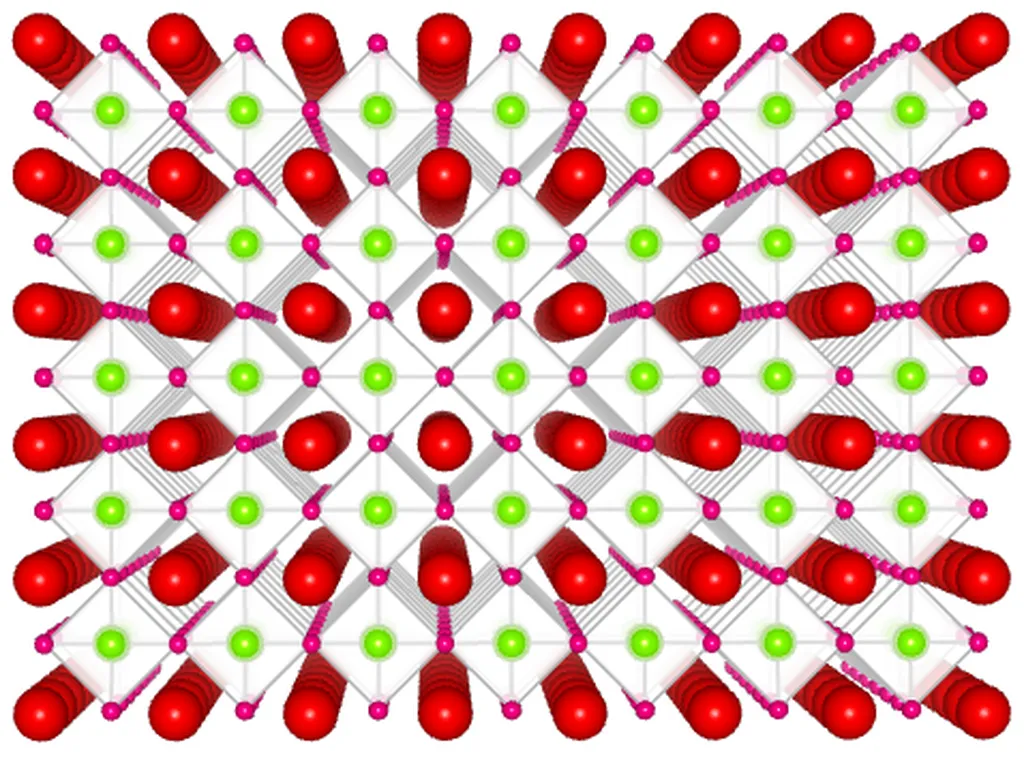Researchers from the University of California, Berkeley, led by Fanghao Zhang and Bolin Liao, have made significant strides in understanding how electric fields can influence the thermal conductivity of a specific ferroelectric material, barium titanate (BaTiO3). Their work, published in the journal Nature Communications, opens up new possibilities for advanced thermal management in the energy sector.
The study focuses on the potential of ferroelectric materials to act as thermal switches, where thermal conductivity can be tuned using external stimuli, such as electric fields. Previous research has primarily concentrated on thin films and bulk solid solutions, but this team turned their attention to bulk single crystals of BaTiO3. By doing so, they aimed to gain a clearer understanding of the intrinsic mechanisms behind thermal switching, unencumbered by the complexities introduced by interfaces and defects.
Using a custom-built steady-state platform, the researchers applied electric fields of up to ±10 kV/cm to bulk single-crystalline BaTiO3 at room temperature. They observed a notable modulation of thermal conductivity, reaching up to 35% in fresh samples. This modulation is driven by the reorientation of the material’s polarization and the restructuring of its domains—regions within the crystal where the polarization is uniformly aligned. The team’s first-principles calculations confirmed that this switching behavior is primarily due to the anisotropic phonon transport associated with the domain configuration, rather than changes in phonon velocities caused by strain.
The researchers also investigated the effects of aging on the thermal switching behavior. They found that both ambient and controlled thermal aging could enhance the switching contrast. This enhancement is attributed to the formation and alignment of defect dipoles, which modulate phonon-defect scattering. These findings highlight the crucial role of defect-domain interactions in the design of ferroelectric thermal switches.
The practical applications of this research for the energy sector are significant. Effective thermal management is crucial for improving the efficiency and reliability of energy systems, from power electronics to renewable energy technologies. By developing materials that can actively control heat transport, engineers can design more compact, efficient, and robust energy systems. For instance, in power electronics, where heat dissipation is a critical challenge, these thermal switches could help manage heat more effectively, leading to improved performance and longevity of devices.
Moreover, the versatile experimental platform developed by the researchers can be used to explore field-tunable heat transport and phase behavior in other bulk functional materials. This could open up new avenues for research and development in the field of thermal management, ultimately contributing to more sustainable and efficient energy solutions.
In summary, the work of Zhang, Liao, and their colleagues sheds light on the intrinsic mechanisms of electric-field-induced thermal switching in bulk single-crystalline BaTiO3. Their findings not only advance our understanding of ferroelectric materials but also pave the way for innovative thermal management strategies in the energy industry.
This article is based on research available at arXiv.

